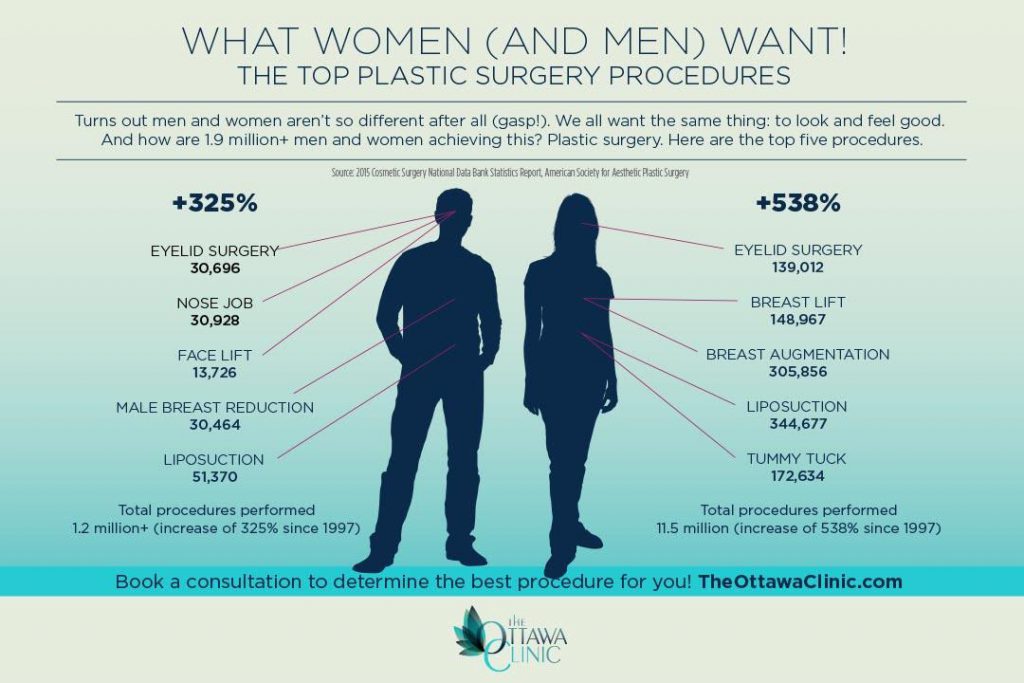Hormonal acne is defined by blocked pores and oily skin that commonly appears on the chin and jawline. It happens when hormone changes activate swelling and microbial overgrowth within hair follicles.
Breakouts might look like whiteheads, blackheads, papules or pustules and cysts or nodules in more extreme cases. It is more common in teenagers experiencing adolescence but can influence grownups of any age.
What Causes Hormone Acne?
While acne can be triggered by a range of elements, consisting of making use of hair and skin treatment products that aren't oil-free or made with ingredients that can clog pores, genetic proneness, diet plan,2 and tension, the origin is changing hormones. Hormonal acne occurs when the body experiences hormone changes and fluctuations that lead to an overflow of sebum, which triggers inflammation, increased growth of microorganisms and adjustments in skin cell task.
Hormonal acne is usually located on the lower jawline, cheeks and neck but can show up anywhere on the body. It is defined by blemishes that are cystic, agonizing and filled with pus or various other material. It is likewise more probable to happen in females than men, specifically during the age of puberty, the menstrual cycle, maternity or menopause.
Age
While several youngsters experience acne at some time throughout puberty, it can remain to plague grownups well into the adult years. Referred to as hormonal acne, this kind of breakout is connected to fluctuations in hormonal agents and is generally most usual in ladies.
Hormone acne occurs when oil glands generate too much sebum, which blocks pores and catches dead skin cells. This causes the formation of imperfections, such as whiteheads, blackheads and papules, pustules, cysts or nodules, deep under the surface area.
This type of acne often creates pain, inflammation and swelling. It might also be cyclical and show up around the very same time each month, such as right before your duration begins. This is since degrees of women hormones like progesterone and oestrogen vary with each menstruation.
Menstrual Cycle
Hormonal acne usually shows up in the reduced part of your face, along the jawline and cheeks, as whiteheads, blackheads or inflammatory pimples (pimples and cysts). It's probably to show up around the moment when your menstruation modifications.
Particularly around ovulation, when estrogen and progesterone degrees are on the increase, hormonal agent fluctuations can cause breakouts. However it's likewise feasible to obtain acne at any point during your 28-day menstrual cycle.
If you discover that your hormonal acne flare right prior to your duration, attempt seeing when exactly this happens and see if it associates with the stages of your 28-day menstruation. This will certainly help you pinpoint the source of your skin problems. For instance, you may wish to service stabilizing your blood sugar level and removing high-sugar foods, or take into consideration a prescription drug like spironolactone that can manage your hormones.
Pregnancy
Growing a baby is a time of dramatic hormone modifications. For several women, this includes a flare-up read more of hormonal acne. This type of outbreak typically begins in the first trimester, around week six. It's caused by hormone rises that boost sweat glands to make more oil, which can obstruct pores and cause even more microorganisms to accumulate.
Outbreaks might likewise happen as a result of pre-existing problems like polycystic ovary syndrome, which can likewise be a problem during pregnancy and menopause. Also, some types of birth control pills (such as Ortho Tri-Cyclen and YAZ) can set off hormonal acne in some ladies.
Fortunately, a lot of acne treatments are "no-go" for expecting ladies (consisting of preferred acne-fighting components such as isotretinoin and spironolactone). However if you can't prevent those frustrating bumps, your medical professional might suggest dental erythromycin or cephalexin, which are secure while pregnant.
Menopause
As ladies come close to menopause, the estrogen degrees that triggered their hormonal agent acne to flare during adolescence begin to support and decrease. At the same time, however, a spike in androgens (also known as male hormonal agents) takes place due to the fact that these hormonal agents can not be exchanged estrogen as successfully as previously.
The extra of androgens can activate oil production by the sebaceous glands, which clogs pores. When the clogged pores come to be swollen and aggravated, an acne types.
Hormonal acne is generally seen on the face, particularly around the chin and jawline, but it can occur on the neck, back, shoulders, or upper body. This sort of acne has a tendency to flare up in a cyclical pattern, comparable to the menstruation. Anxiety, which enhances cortisol and throws hormonal agents out of equilibrium, likewise adds to the breakouts.
